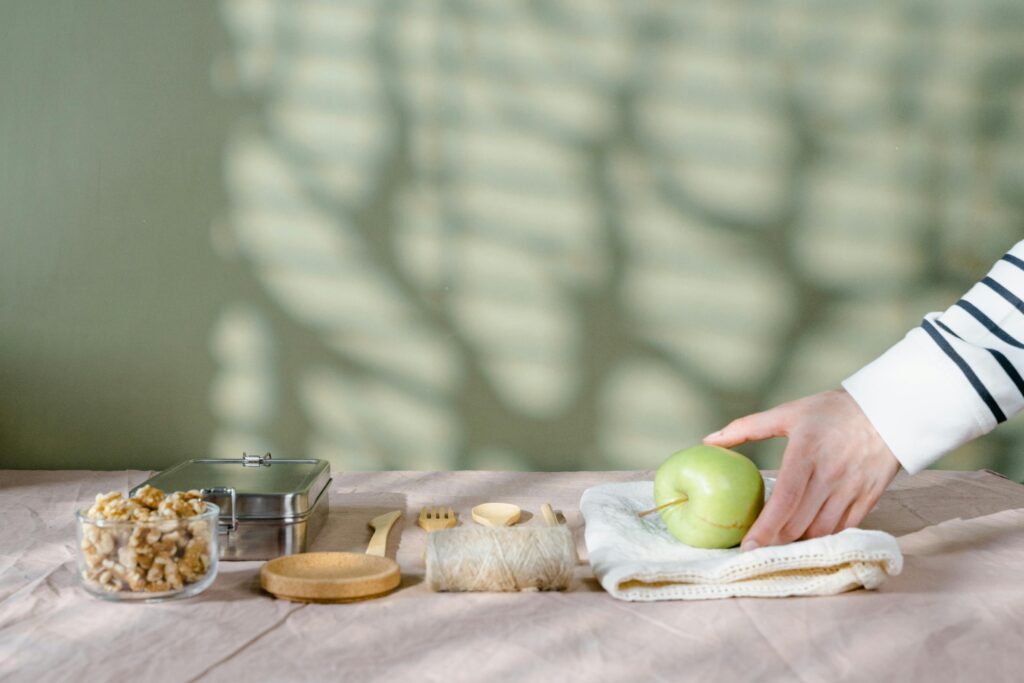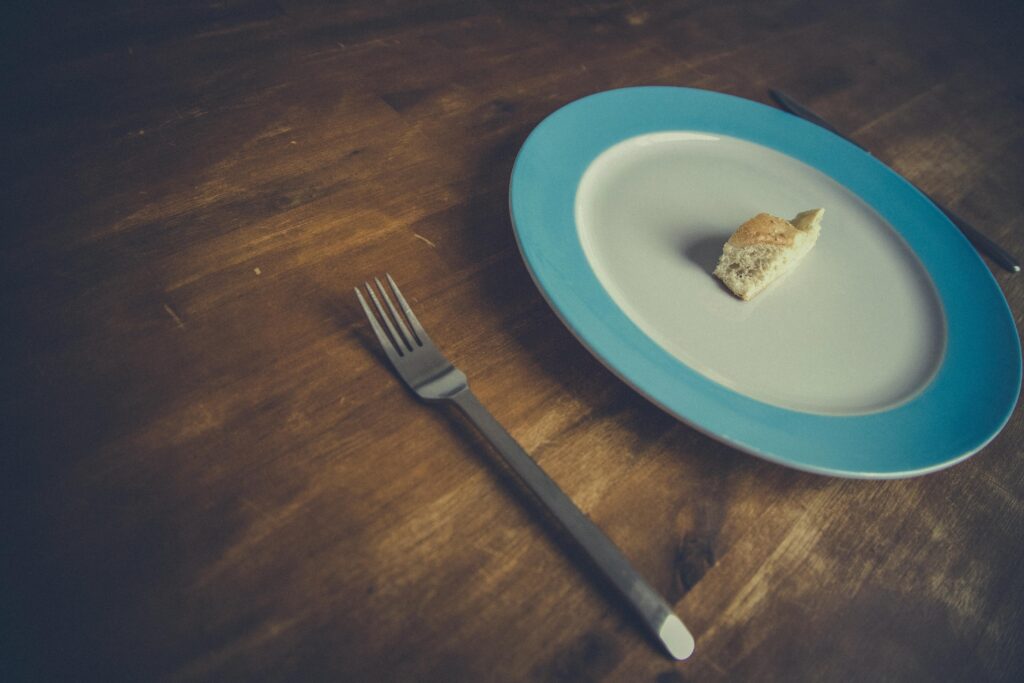Let’s clear something up right away:
Clean eating is not a diet. It’s not about perfection. It’s not about fear.
At Healthy Life Whisper, clean eating is about returning to foods that love you back foods that nourish, energize, and support your whole body, without extremes, guilt, or obsession.

In this post, we’ll explore:
What clean eating really means (and doesn’t mean)
The benefits of eating whole, minimally processed foods
How to make clean eating simple, joyful, and sustainable
A beginner-friendly clean eating food list and meal ideas
Let’s take a fresh look at food—and take the pressure off in the process.
What Clean Eating Is Not.
Before we define what it is, let’s talk about what it’s not.
Clean eating is not:
A rigid diet plan or calorie counting.
Cutting out entire food groups (unless for medical reasons).
Expensive or elitist.
A trend or “challenge”.
A source of guilt or shame.
Clean eating doesn’t mean never having pizza, dessert, or takeout again. It means creating a way of eating that supports your energy, digestion, hormones, mood, and long-term health—on your terms.
So, What Is Clean Eating?
At its core, clean eating means choosing foods that are as close to their natural state as possible. Think: fewer ingredients, fewer chemicals, more nutrients, more flavor.
Clean eating is:
Whole, real foods
Minimally processed ingredients
Mostly home-cooked meals
Seasonal, colorful produce
Eating with awareness and intention
It’s not about perfection it’s about consistency and care.
7 Benefits of Clean Eating.
Even small shifts toward cleaner food can make a big impact. Here’s what you might notice:
1. More energy and fewer crashes
Clean carbs, healthy fats, and steady protein help stabilize blood sugar.
2. Better digestion
Whole foods are higher in fiber and easier on the gut.
3. Improved skin and clearer eyes
Nutrient-dense foods support your liver, hormones, and skin barrier.
4. Reduced inflammation
Cutting back on processed oils, sugar, and additives supports healing.
5. Sharper focus and mood
Your brain loves real nutrients—especially from leafy greens, healthy fats, and clean protein.
6. Fewer cravings
When you fuel your body well, it asks for less junk and more nourishment.
7. A deeper connection to your body
You’ll begin to notice how food affects your mood, sleep, digestion, and overall wellness.
The Clean Eating Food List
Here’s a beginner friendly guide to building your clean eating plate. You don’t need to overhaul everything just start making simple swaps.
Clean Proteins:
Organic eggs
Wild-caught fish (like salmon, sardines)
Pasture-raised chicken or turkey
Lentils, chickpeas, black beans
Tofu, tempeh (non-GMO, organic if possible)
Whole Grains:
Brown rice
Quinoa
Oats
Farro
Millet (Choose unprocessed grains without added sugar or flavorings.)
Healthy Fats:
Avocado
Extra virgin olive oil
Coconut oil (in moderation)
Nuts and seeds (chia, flax, almonds, walnuts)
Nut butters (with minimal ingredients)
Vegetables (eat the rainbow!):
Leafy greens (spinach, kale, arugula)
Cruciferous (broccoli, cauliflower, cabbage)
Root veggies (sweet potato, beet, carrot)
Peppers, zucchini, mushrooms, tomatoes
Fruits:
Berries (low in sugar, high in antioxidants)
Apples, pears, bananas
Citrus (orange, lemon, grapefruit)
Seasonal and local when possible
Natural Sweeteners (in moderation):
Raw honey
Maple syrup
Medjool dates
Stevia (pure form)
Ingredients to Minimize or Avoid.
You don’t have to cut these out completely, but reducing them can reduce inflammation, energy crashes, and digestive issues:
Highly processed seed oils (canola, corn, soybean)
Artificial sweeteners (aspartame, sucralose)
Refined sugar (especially in hidden forms)
Packaged snacks with long ingredient lists
Processed meats (deli meats, sausages with additives)
Fast food and fried foods
Again, this isn’t about fear—it’s about awareness. Even a few swaps can change how you feel.
A Day of Clean Eating (Sample Menu)
Breakfast:
Overnight oats with almond milk, chia seeds, blueberries, and cinnamon
Snack:
Apple slices with natural peanut butter
Lunch:
Quinoa salad with chickpeas, cucumber, cherry tomatoes, olive oil, lemon juice
Snack:
Carrot sticks and hummus
Dinner:
Grilled salmon with roasted sweet potatoes and sautéed greens
Dessert (if desired):
2-ingredient banana “ice cream” (just frozen banana + nut butter, blended)
Clean eating can be simple, flavorful, and deeply satisfying.
Clean Eating Mindset Tips.
Think addition, not restriction
Focus on what you’re adding: more color, more fiber, more nutrients.
Batch prep when you can
Cook grains, chop veggies, and make dressings ahead of time.
Read labels, not marketing
“Natural” and “healthy” mean nothing—check for added sugars, seed oils, and preservatives.
Listen to your body
Some “clean” foods won’t feel good for everyone (e.g., gluten, dairy, legumes). Tune in.
Use the 80/20 rule
Eat clean most of the time, and allow flexibility without guilt.
Final Thoughts
Clean eating isn’t about being “good” or following rules—it’s about coming home to real food and honoring the way it makes you feel.
Your body is wise. It responds to what you feed it with clarity, energy, balance, and calm. Every meal is a chance to nourish—not punish—yourself.
And if you have a cupcake?
That’s okay too. One food doesn’t define your health. What you do most of the time is what matters.
–-
Try This This Week
Choose 2 small clean eating swaps and try them for 5–7 days. For example:
Swap soda for fruit-infused water
Replace white rice with quinoa
Cook dinner at home 3 nights this week
Then reflect:
How did you feel after meals?
Did your energy or digestion change?
What clean eating habit felt easiest to keep?
Let me know in the comments—I’d love to support you on your journey.

